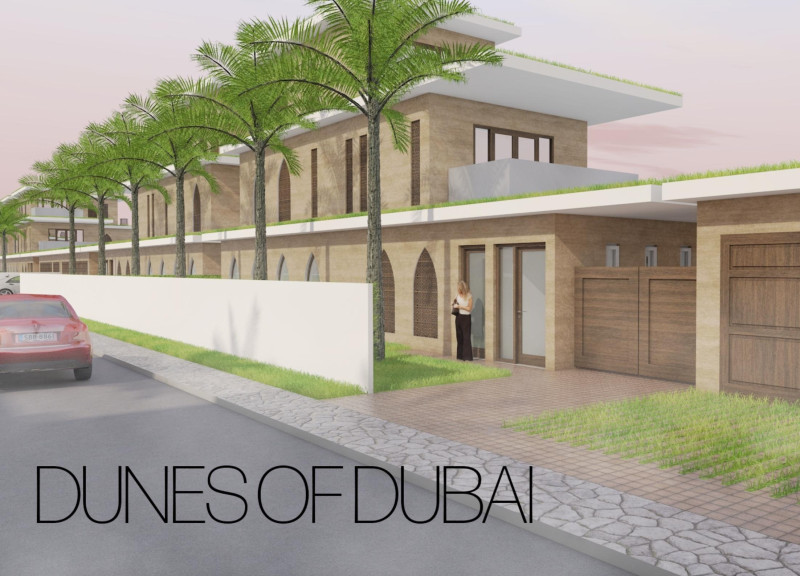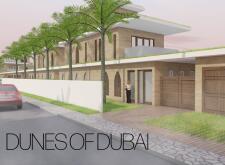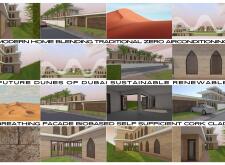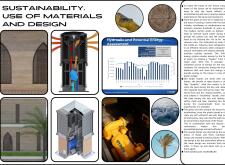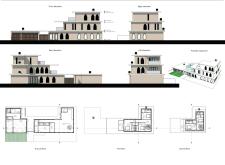5 key facts about this project
### Project Overview
Located in Dubai, the Dunes of Dubai project embodies a modern architectural ethos that integrates traditional elements with sustainable practices. The design offers a residential solution tailored to the unique climate of the region, prioritizing energy efficiency and minimizing environmental impact. By innovating on established architectural forms, this project aims to create a habitat that thoughtfully addresses ecological concerns in a desert context.
### Spatial Organization and Architectural Features
The layout of the structure includes a synthesis of sharp and curved lines, featuring pointed arches inspired by traditional Islamic architecture. These architectural elements not only serve an aesthetic purpose but also enhance natural light and ventilation. The multi-storied design incorporates a flat roof, which allows for future expansion, ensuring adaptability to the changing needs of its occupants. Outdoor spaces, including gardens and green roofs, are integral to the layout, promoting biodiversity while effectively connecting the indoor and outdoor environments.
### Sustainable Strategies
The project incorporates multiple sustainable innovations aimed at reducing reliance on conventional energy and water systems. Air recovery systems for cooling are utilized to decrease dependence on typical HVAC methods, while rainwater harvesting features enable the collection and reuse of water. Additionally, an evaluation shows potential for hydro-powered energy generation, emphasizing the project's self-sufficiency. The thoughtful selection of materials, including cork cladding, biobased substances, and coral blocks, reflects a commitment to sustainability while respecting the local architectural vernacular.


